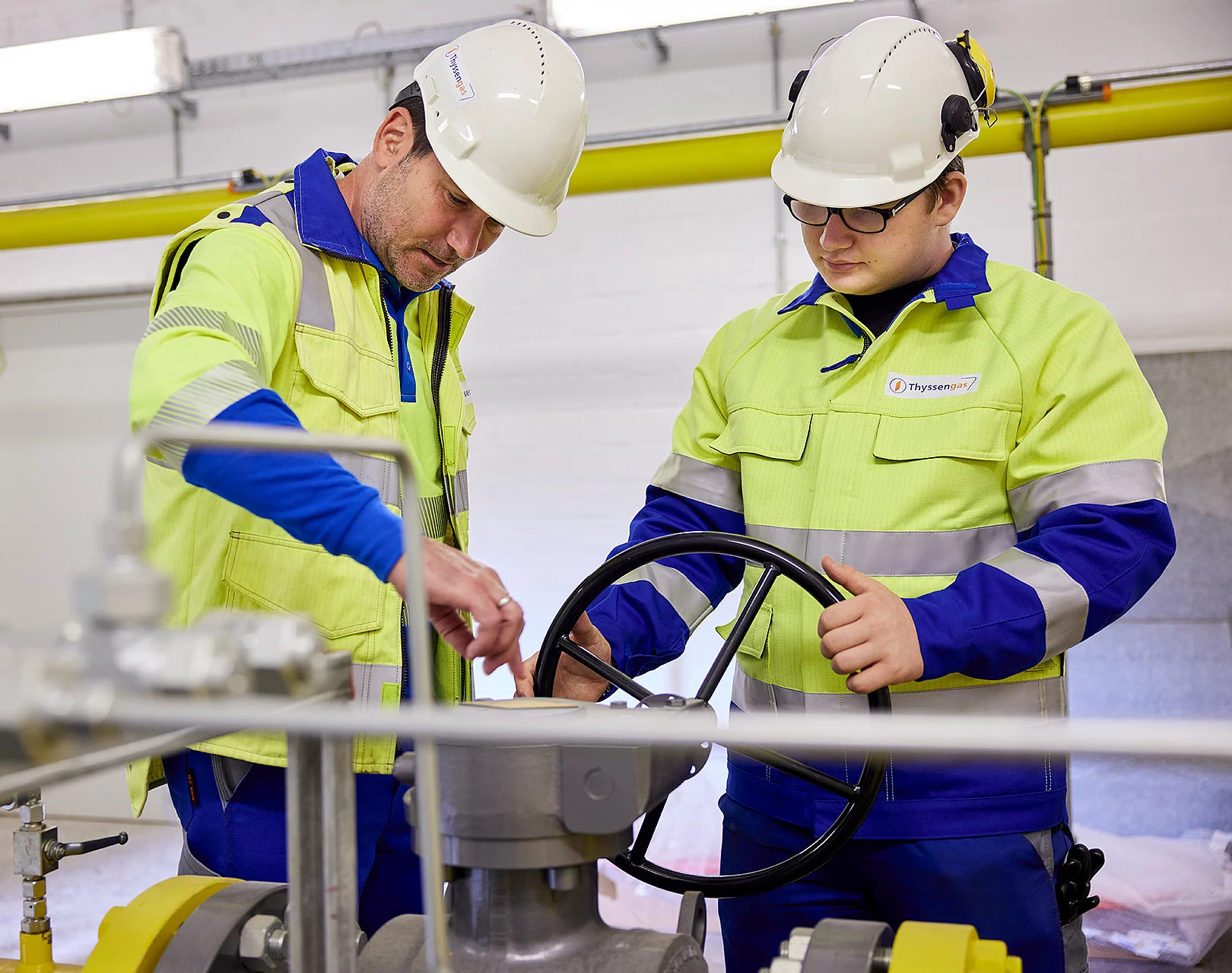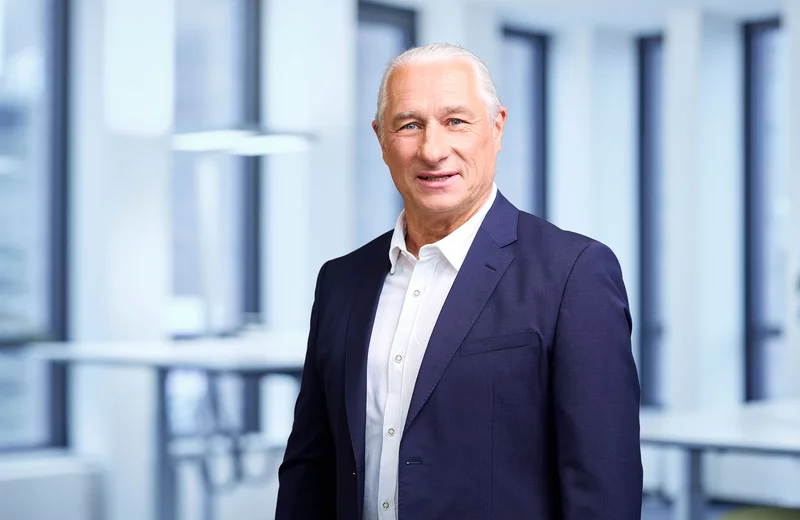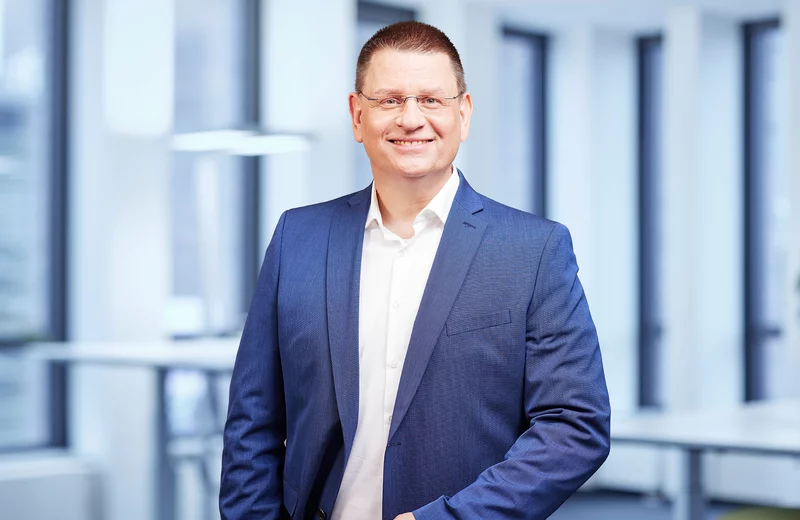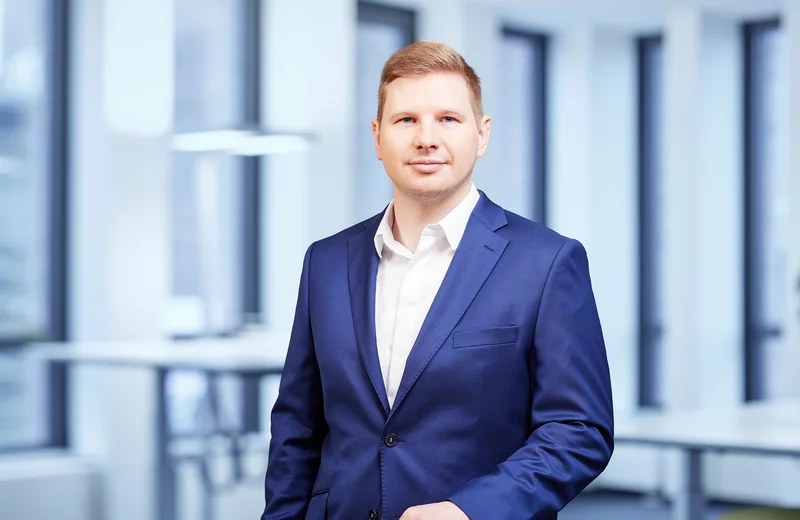The majority of the almost 10,000 existing biogas plants in Germany derive their economic benefit primarily from generating electricity from the biogas produced. Once the 20-year EEG subsidy for electricity generation from biogas expires, the entire biogas plant may be shut down due to a lack of economic viability. To prevent this and avoid losing the valuableCO2-neutral resource of biogas, feeding upgraded biogas (biomethane) into the gas grid can be a decisive factor in boosting the profitability of a biogas project.
One for all, all for one!
Achieving the goal with the collection pipeline. The phasing out of the EEG subsidy and the switch to a biogas feed-in including an upgrading plant initially mean additional investment. However, what appears uneconomical for the individual producer can be made possible by an association of producers by sharing the costs. In this case, the individual producers bundle their raw biogas plants via a collective pipeline and transport the raw biogas together to a central processing plant near the gas grid. The utilisation of economies of scale reduces the financial burden on each producer connected to the collection pipeline.
Feeding renewable gases into the Thyssengas transport network
Feeding biomethane into our transport network opens up the possibility of Germany-wide trading via a virtual point of Trading Hub Europe (THE). There are various forms of trading on the market for the marketing of your biomethane capacities fed into the grid, through which the biomethane can be marketed profitably to fulfil renewable energy quotas as part of municipal heat planning, among other things. This applies not only to existing biogas plants, but also to the same extent to expansion and new construction projects.




